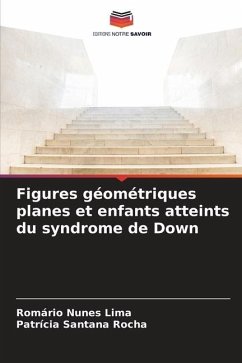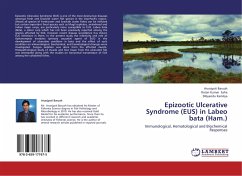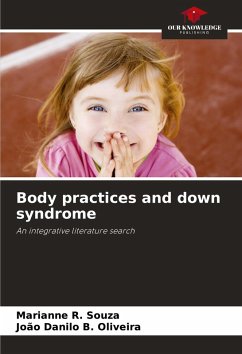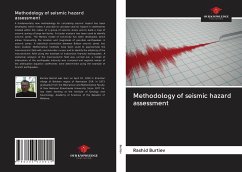
Plane geometric figures and children with Down's Syndrome
Versandkostenfrei!
Versandfertig in 6-10 Tagen
36,99 €
inkl. MwSt.

PAYBACK Punkte
18 °P sammeln!
The use of plane geometric figures with children with Down syndrome at APAE/Aracaju leads us to reflect on methodologies to better teach them. This research aims to investigate specific methodologies for a better assimilation of plane geometric figures by students with Down syndrome. It proposes to verify with teachers of APAE/Aracaju the difficulties presented by the students regarding the plane geometric figures, to observe and analyze the professional capacity, along with the training for the performance of plane geometric figures and to propose a more effective method relating the capacity...
The use of plane geometric figures with children with Down syndrome at APAE/Aracaju leads us to reflect on methodologies to better teach them. This research aims to investigate specific methodologies for a better assimilation of plane geometric figures by students with Down syndrome. It proposes to verify with teachers of APAE/Aracaju the difficulties presented by the students regarding the plane geometric figures, to observe and analyze the professional capacity, along with the training for the performance of plane geometric figures and to propose a more effective method relating the capacity of understanding of these individuals. This project also has hypotheses, such as: there is a difficulty in learning, stimulating the search for a means to facilitate the learning process of plane geometric figures, moreover there is a lack of professional training coupled with poor remuneration of professionals in the area, causing a deficient teaching and, there is a prejudice with the disability by the carriers, which hinders the relationship educator x learner and the teaching/learning.












